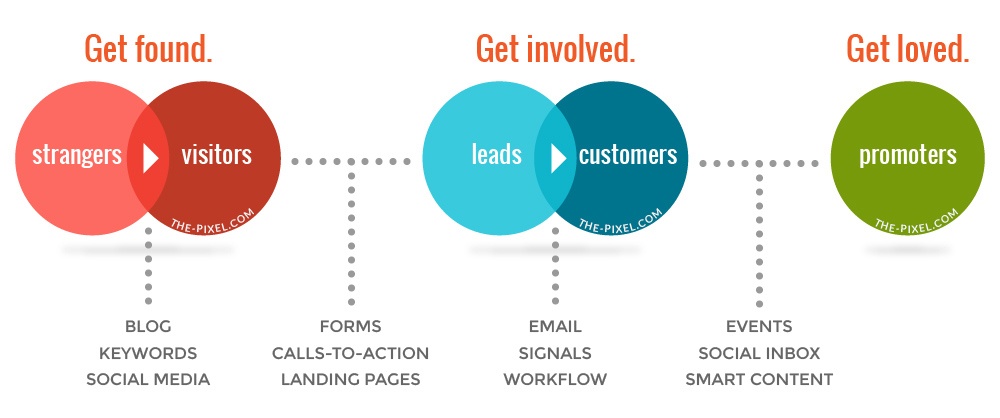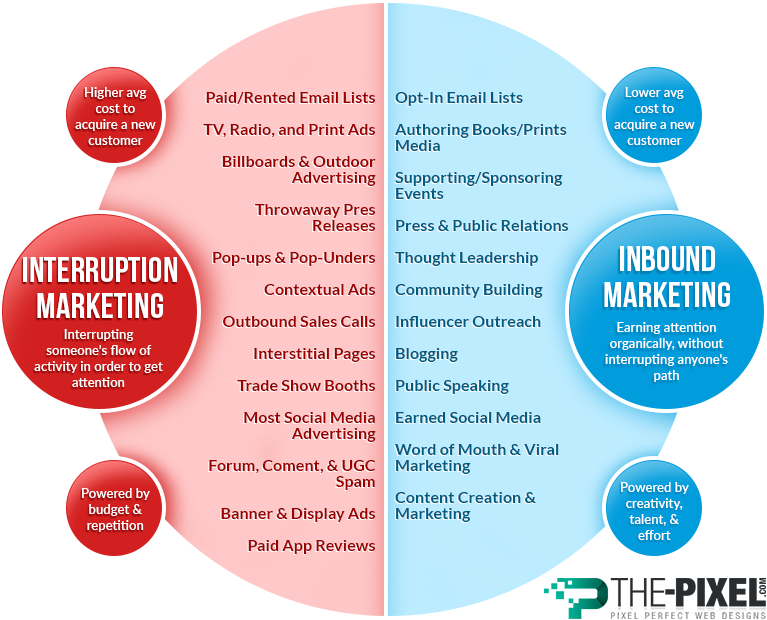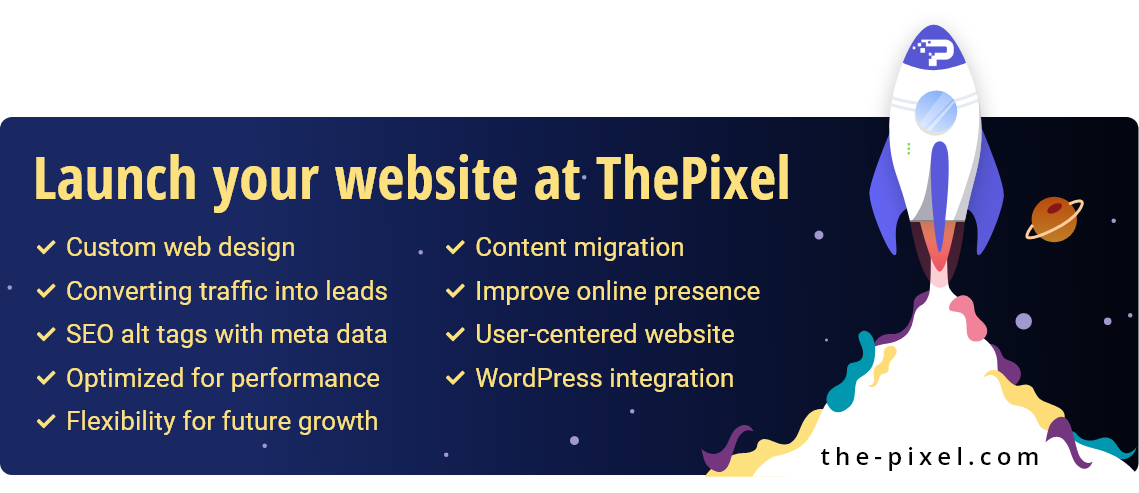Inbound Marketing vs. Outbound Marketing
Inbound Marketing vs. Outbound Marketing
Inbound vs. Outbound: Why is inbound marketing better than outbound marketing?
As CEO of a digital marketing agency and inbound marketing convert, I’m always talking about the differences between inbound marketing vs. outbound marketing, or, more to the point, “Why inbound marketing is better than outbound marketing?” In case you can’t tell from the header graphic, I’m more partial to the complexities of inbound marketing than the simplicity of outbound marketing. But seriously, I’m pretty sure people keep asking this question because the same answer seems to be given no matter whose blog you read.
The canned answer usually goes something like this:
Why try to buy customers with traditional “outbound marketing” when consumers aren’t even paying attention?
- 45% of direct mail never gets opened, 200 million people are on the national Do Not Call Registry
- 85% of people fast forward through commercials
- 84% of 25–35 year-olds are likely to click off a website with excessive advertising
- You have a better chance of surviving an airplane accident than having someone convert on a banner ad
- Etc., etc., etc. …
Forget about trying to reach a prospect under 40 with outbound marketing. Inbound marketing is different. Inbound marketing works by earning someone’s attention, rather than buying it.

It’s a good enough answer with compelling supporting statistics, but there’s more to inbound marketing than this. In this post I’m going to give you my insights. I’m not just going to harp on how outbound is reaching increasingly diminished audiences and how inbound is more engaging and more accessible — although both statements are very true.
2 aspects of marketing strategies: distribution and message
No experience is more relevant to that perspective than our own inbound transformation. Over the past three years we went from referring to ourselves as a creative agency (web design, SEO and branding) to wholeheartedly embracing the moniker “inbound marketing agency.” But we weren’t sold inbound — we experienced it. We are our own best inbound marketing case study. In an industry many say is difficult to scale, Vital has experienced 300% growth in revenue and 300% growth in employees, all of which is solely attributed to our inbound and content marketing strategies.
Inbound marketing — if Hubspot didn’t coin “inbound marketing,” they have certainly spent a lot of time and money branding it as their own. Here’s how they define it: “Inbound marketing focuses on creating quality content that pulls people toward your company and product, where they naturally want to be. By aligning the content you publish with your customer’s interests, you naturally attract inbound traffic that you can then convert, close, and delight over time.” This is a decent definition, if somewhat oversimplified.
The term “inbound” is relatively new. It took Vital a while to embrace the term “inbound” to describe what we were doing with our clients. In the beginning we referred to it as “SEO” and “content marketing,” and although we weren’t a Hubspot partner agency, we were reading their content. We knew a term was needed for the paradigm shift we were seeing in online marketing, because SEO had fundamentally changed and integrated digital marketing was becoming increasingly more disparate from traditional marketing. Digital distribution made analysis highly measurable and results-oriented, showing that inbound marketing was exponentially more successful than outbound marketing, when done correctly.
It’s not just that traditional distribution was so different from digital distribution; the message was changing, too. And the more we were learning about the message, the better the results we were getting. The terms “digital marketing” or “traditional marketing” only spoke to the distribution aspect of the message, and “inbound marketing” included the new message itself. This new message was educational, it involved thought leadership, and was transparent and engaging. So, in the absence of anything better, we drank a little of the Hubspot Kool-Aid and gave in — today we call it inbound marketing, too. But there’s more to inbound marketing than the statistics on the dwindling audience of outbound and the engaged and accessible audience of inbound.
1. Outbound marketing is inherently obfuscated, duplicitous and full of sh*t.
Outbound marketing, or traditional marketing, is the marketing we grew up with: radio, TV, newspapers, magazines, direct-mail, billboards, event sponsorships, etc. The traditional outbound strategy can even be found in such digital distribution forms as email blasts, banner ads, PPC, and SPAM.
Outbound is a world of jargon where the loudest and most obnoxious are rewarded. Back in the day, clever was rewarded, but due to the escalating costs and increased competition to reach dwindling audiences, marketers have had to dumb things down to the lowest common denominator to maximize their conversions. So we are left with advertisements that use fluorescent pink, bold print, BIG discounts, exploited women and puppy dogs. How dumb do they think we are? No wonder a paradigm shift in advertising had to take place.
Now that we have defined inbound marketing vs. outbound marketing, here are some of the comparisons we like to use at Vital:
2. Interruption-based vs. Permission-based
Outbound Marketing: Outbound marketing is interruption-based marketing. Its premise is to find a medium with a large following and periodically interrupt that following with disassociated ads. The hope is that with some careful planning and a study of the demographics, a small percentage of the audience will listen to the interruption in the storyline and convert in to a customer. If you can find a large enough following or an above average association, the small percentage of conversions will be worth the investment. Those opportunities are increasingly more like a needle in a haystack.

Examples: TV, Radio, Direct Mail, Newspaper, Billboards.
Inbound Marketing: Inbound marketing is permission-based marketing. There are two premises here:
- First, communicate via mediums in which the audience has given you permission to communicate.
- Second, answer the questions people are asking and proliferate those answers around the web in anticipation of the question.
Both of these premises are permission-based.
In the first method, the audience is smaller in numbers than mass media, but because the audience is inherently more friendly and has already raised their hand to get your messages, the audience coverts at a 750% higher rate than interruption-based marketing.
Examples: subscription based email marketing, social media, blog subscribers, webinar attendees, etc.
In the second method, the numbers are virtually limitless, since your audience online is infinite. Thanks to targeting keywords, you can answer the questions prospects might be asking about your products and your industry. Since this audience is looking for the answers that you are proliferating throughout the web, the conversion rates are unparalleled.
Examples: SEO, keyword targeting, landing page strategy, content/blog strategy, etc.
An example of permission-based marketing that will put inbound into context is the Yellow Pages. Before websites, subscription-based email and blog subscriptions, the Yellow Pages was one of the few places you could advertise where prospects were actually looking for you and you weren’t interrupting them. Yellow Pages was so successful that companies would name themselves AAA or ABC to be at the top of the listings. In 2001, Vital had a $10,000 a month Yellow Pages marketing budget, buying enhanced listings (bold) and an ad in every book from Boston, MA to Portland, ME. Why? Because it worked, and there was an undoubted ROI.
Hire ThePixel to build your next website!
Since our founding in 2008, we’ve created and launched many types of business websites. Over the last decade and we’ve learned a thing or two! That’s why we’re masters of our craft, let us help you build the website of your dreams – one that generates traffic, leads and conversions.
Are you ready to start? If yes, contact ThePixel and one of our representatives will guide you through the website phases and how the process works either by a Zoom Meeting or phone.


